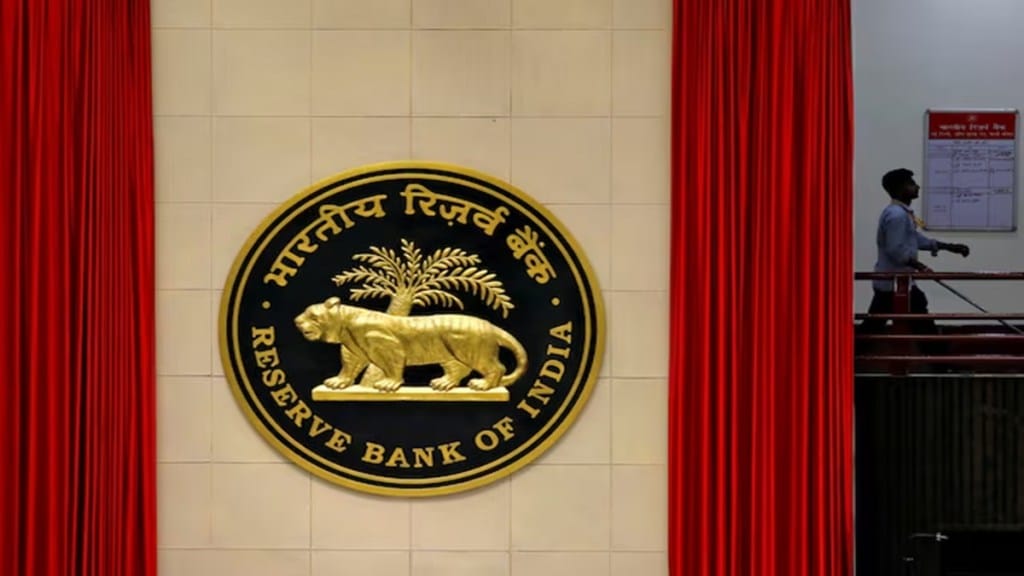The yield on the 10-year benchmark, 7.10%, 2034 government bond, slumped to a 32-month low as traders stepped up their purchases anticipating a cut in the government’s upcoming borrowing calendar for the second half of the financial year. On Wednesday, the 10-year benchmark closed at 6.375% against 6.7600% on Tuesday.
The expectations of a cut in borrowings were accentuated by the Reserve Bank of India cancelling the last two T-Bill auctions for the quarter ending September, dealers said.
The central bank had cancelled the T-Bill auctions owing to the government’s surplus cash balances. The reduction in borrowings aligns with the government’s aim to bring down the fiscal deficit by adhering to the principles of fiscal consolidation, dealers said.
The market is expecting a cut of around Rs 25,000 crore to Rs 30,000 from the estimated net borrowings in the second half of the financial year. According to budget estimate, the central government is expected to borrow around Rs 6.3 trillion in the second half of the financial year.
The central government has pegged the gross borrowing at Rs 14.01 trillion for 2024-25 ( Apr-Mar), down from Rs 14.13 trillion pegged in the Interim Budget.
Moreover, some private banks have communicated to the central bank to increase the issuance of floating-rate bonds, dealers said.
A dealer with the private bank said: “These are positioning ahead of the borrowing calendar and October’s monetary policy statement. With the cancellation of T-Bill auctions, there is a quite of enthusiasm and the market is optimistic about a cut in H2 borrowings.”
Furthermore, some large participants such as insurance companies have been lapping up the long tenure bonds. The demand for long-term government bonds particularly from this segment has gone up considerably. As the growth in the insurance sector and their assets under management remains robust, they demand more long-dated securities to match their liabilities, dealers said.
“Major buying is happening in the segment of 30-40 years as insurance companies have been accumulating bonds for the last few days,” a dealer at state-owned life insurance said.
They have communicated to the RBI to increase the supply of long-term bonds in the upcoming borrowing calendar. Meanwhile, banks have asked the RBI to increase the supply of short-term securities as the draft liquidity coverage ratio (LCR) norms will soon be implemented, which will require banks to invest more in high-quality liquid assets, primarily shorter tenure securities, dealers said.
However, a section of the market also believed that due to the strong demand for government bonds across tenures, the government is likely to adhere to its Budget Estimates. Any necessary adjustments in borrowing are expected to occur primarily through Treasury bills T-Bills, dealers said.
Moreover, market participants are expecting a stance change in the upcoming Monetary Policy Committee meeting, scheduled to be held from Oct 7 to Oct 9.

